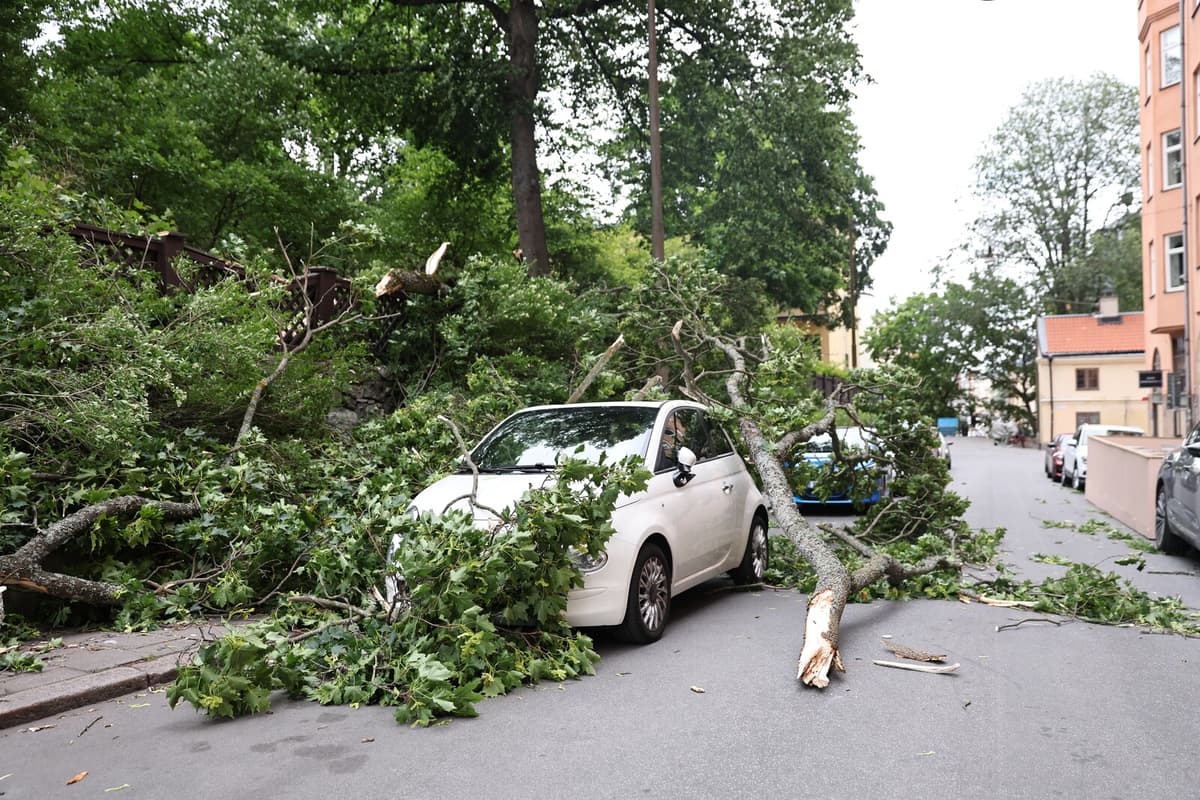Both May and June have been windier than usual. But the wind is also noticeable in another way during the summer, points out Charlotta Eriksson, meteorologist at SMHI.
Our outdoor furniture is out, there are leaves on the trees so they become more wind-sensitive. The trampolines are more out, we are more out.
On Thursday, the wind speeds were unusually strong for July. SMHI notes that a dozen stations in northern Götaland and eastern Svealand recorded new records for gust wind for July since measurements began in 1995-96.
Unusually long
It can blow strong winds during the summer months, but then they are usually quite short-lived. That it lasts as long as Thursday's bad weather is more unusual.
But can any conclusions be drawn from this? Does the windy spring and summer mean that we are heading for stormier times?
Climatologically, it is difficult to say anything about wind, either historically or for the future, explains Charlotta Eriksson.
- Generally, it blows more in Sweden during the winter. This is because our weather is controlled by the large low-pressure areas that come in the westerly wind belt.
This is created in turn by temperature differences between the equator and the poles. One theory is that as the poles warm up faster than the equator, the temperature difference should decrease and thus the winter storms become weaker.
Difficult to interpret
At the same time, we generally get warmer air during the summers, when the temperature increases so much that so-called convective bad weather, such as showers and thunder, becomes stronger. A thesis is that the winds associated with this should become stronger.
But when you look at the wind, there is nothing you have seen. Except what you see in general is that it is difficult to interpret any trends.
We have years when it is windy, it can be ten-year periods when it is a little more windy and then comes a ten-year period when it is a little more windless.






